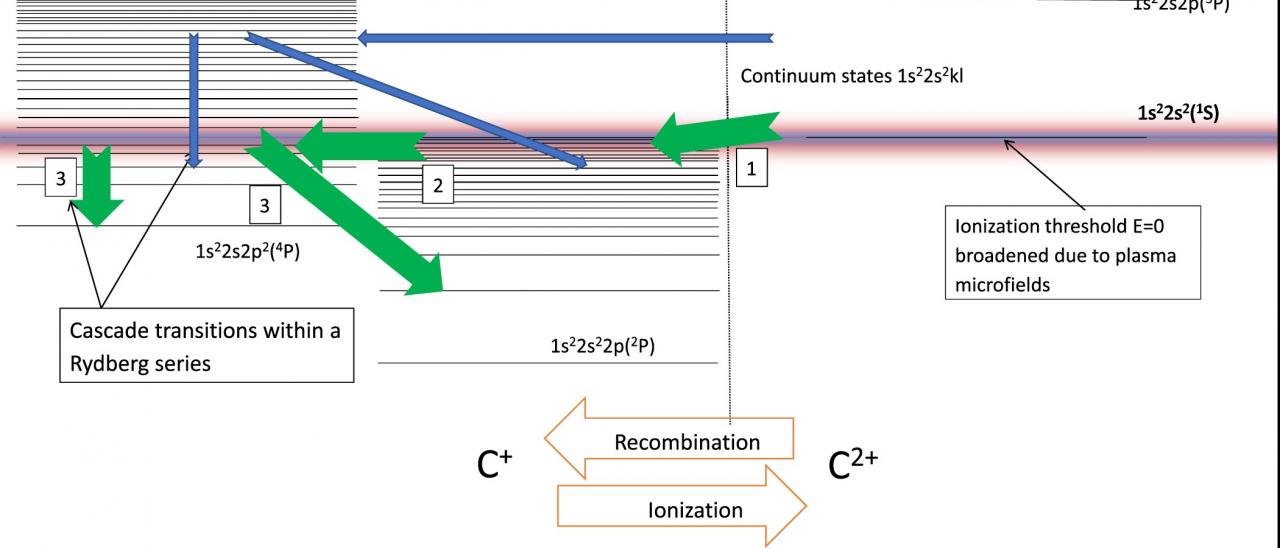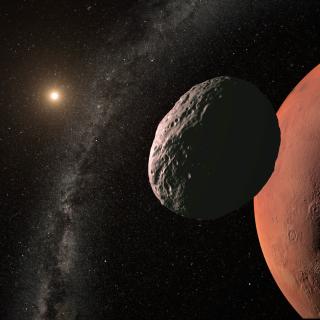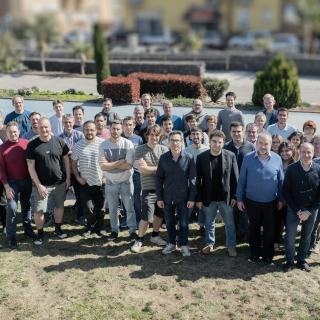The interstellar medium is an excellent laboratory to test physical processes that cannot be reproduced in Earth-based laboratories. In this study several nebulae were used as a space laboratory to confirm the existence of an atomic process for which there was no previous experimental confirmation. In 2010, the existence of an atomic process that should occur frequently in astrophysical plasmas throughout the universe was theoretically proposed. The point is that this process — which is termed Rydberg Enhanced Recombination, or RER — had never before been detected, and it’s effectively impossible to study in Earth-based laboratories because only in cold, low-density cosmic environments like astrophysical nebulae do the conditions necessary for RER exist. Here we developed detailed models of how RER would work, under what conditions it would be effective, and what observable spectral lines this process would produce, and then search for evidence confirming the activation of this mechanism by exploring high-resolution optical spectra of several planetary nebulae and ultraviolet spectra of symbiotic binaries. The search was successful because in eight planetary nebulae and one symbiotic binary, we found spectral lines that provide evidence of the RER process at work, with relative strengths that agree nicely with predictions. This confirmation of a predicted new atomic process represents a remarkable discovery with far-reaching implications in the physics of ionized nebulae. It is shown that the addition of RER contributions into the current models of ionization balance makes a significant difference in estimated elemental abundances of astrophysical nebulae, showing that taking into account all the physical processes acting in the interstellar medium is fundamental to properly determine chemical abundances and, therefore, understand stellar nucleosynthesis and chemical evolution of the Galaxy.
Advertised on
Authors
A. Nemer
N. C. Sterling
J. Raymond
A. K. Dupree
Jorge
García Rojas
Q. Wang
M. S. Pindzola
C. P. Ballance
S. D. Loch
References




